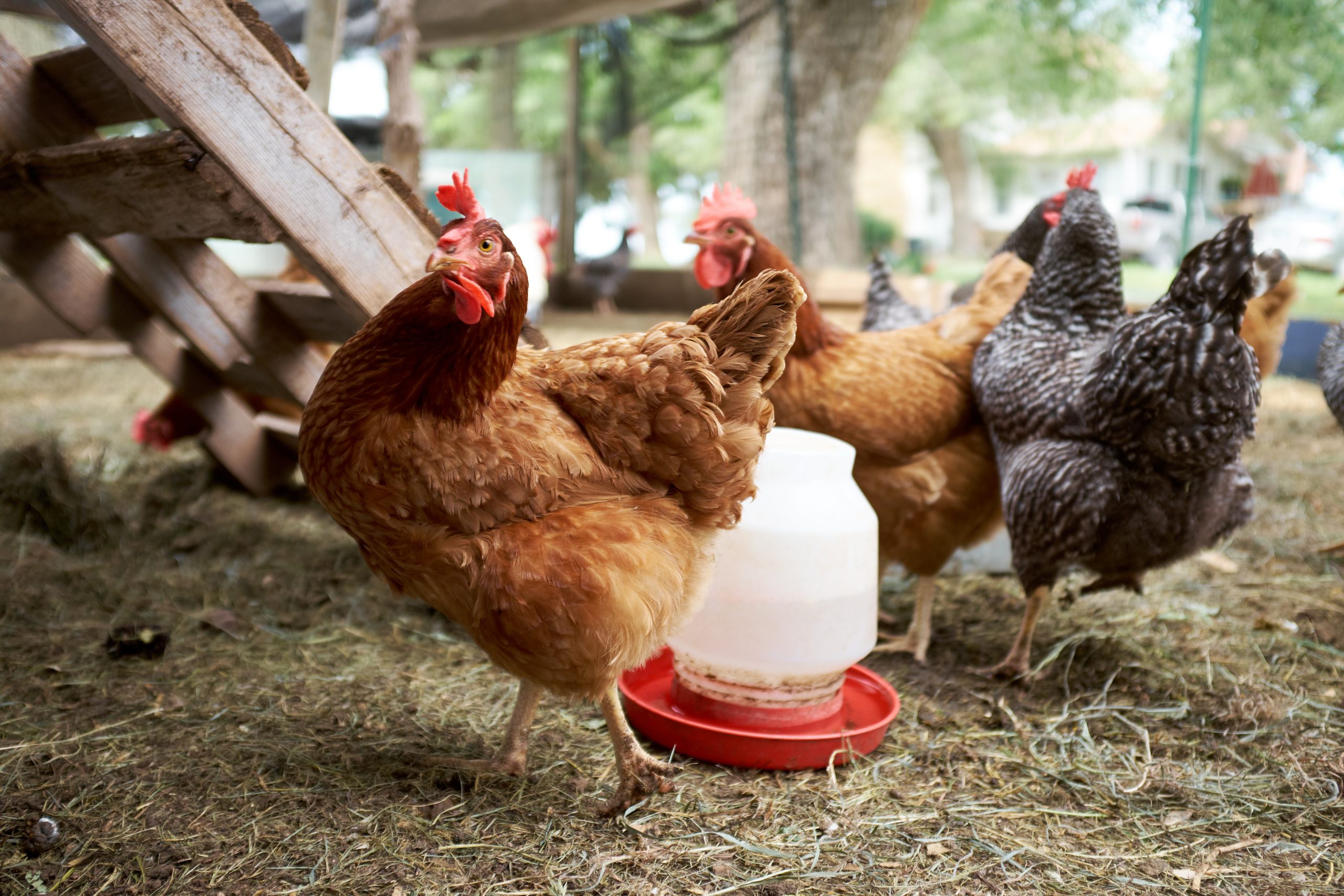As a long time chicken owner, I’ve had many different coops over the years. In fact, when I think about it, there are seven different coops that I have housed chickens in. I’ve experimented with all different coop designs, changing up the layout, structure and interior of the coop to see what works the best. This includes the flooring that is in the run of the coop.
The run of the coop is the portion of the coop setup that is outside. It’s usually a fenced off area attached to or underneath the coop itself. The run is important because it provides your chickens with space and the ability to be outdoors.
A well-built run provides your chickens with the opportunity to get sunlight and be exposed to fresh air. Sunlight allows your chickens to produce vitamin D, keeping them healthy. The air in the run is always fresh, which can give your chickens a much-needed break from the sometimes-stagnant air that can build up in the coop.
Now that you know why the run is important, let’s talk about one of the least-discussed aspects of the coop: the floor of the run. Most of the time, when designing a coop, the floor of the run is often overlooked. This seems silly when you consider the fact that chickens will spend the majority of their time on the floor of the run.

Space Matters
The best floor for the run is going to depend on the amount of space that you have in the run. Ideally, your chickens would have access to your entire yard (and then some). The more space that your chickens have, the happier that they will be. Chickens have tons of energy that the would gladly spend scratching the ground in search of food. This is important to keep in mind when thinking about the floor of the run. Just because you’re keeping your chickens cooped up doesn’t mean that they stop their natural behavior.
A run that is built over a grassy area may not stay grassy for long. Chickens will eat grass. They’ll also scratch in it to search for insects. This destructive behavior can quickly kill grass in the run, especially if the grass doesn’t have time to recover. A large enough run can provide enough grass for the chickens to eat from and scratch in. However, a run this size may not be an option, especially if you’re raising chickens in a backyard.
Flooring Options
The options for flooring in a run are endless. The most common flooring types are grass, dirt and sand. I would avoid using building materials to create a floor for the run if possible. Wood and wire floors in the run won’t work well in the long run. Wood floors in the run are hard to keep clean and will become messy. Wire floors are hard on your chickens’ feet and can lead to sores on the feet. Wire floors also prevent chickens from scratching the ground, a necessary habit that helps to keep chickens healthy.
Grass in the run is possible if you have a large enough run. You can make a smaller space work if you plant faster growing grasses or hardier grasses that can hold up to chickens better.
If your space is limited, you’ll likely end up with a run floor that is primarily dirt. That’s ok! I would recommend doing a few things if your run ends up with a dirt floor.
Let your chickens out frequently. Chickens need to consume plant leaves, seeds and berries for proper digestion. If your run floor doesn’t have grass anymore, let your chickens out so that they can get the plants that they need.
Attract insects to the run. The majority of a chicken’s natural diet comes from insects. You can attract insects to your chicken’s run easily. A simple way to do this is to place a piece of wood or cardboard on the floor of the run. Insects will try to hide under the wood or cardboard. When you go out to the coop, flip it over to expose the insects.
My favorite flooring option for the run is sand. Sand can transform a messy dirt run floor into an easy to clean floor. Dirt floors can get muddy and sticky. With a sand floor, the moisture drains quickly. You can also scoop poop from the sand and remove it in clumps, almost like you would with a litter box for a cat.
There’s evidence that a sand floor in the run will help to reduce mites and other pest insects also. Sand is the perfect way to keep your run clean and your chickens healthy and happy.